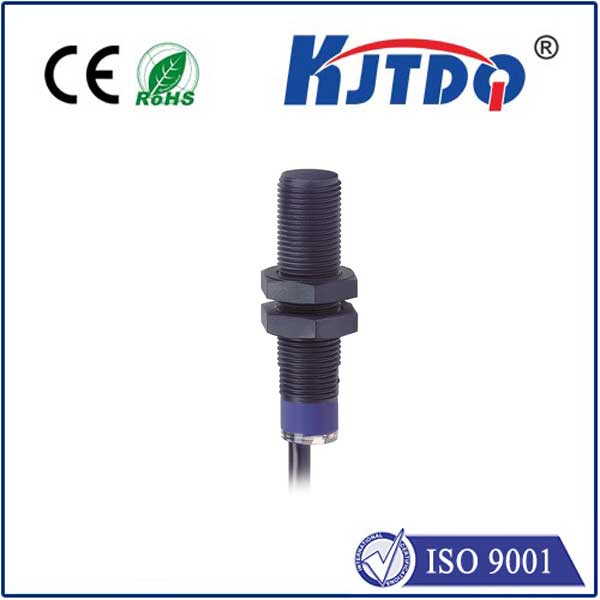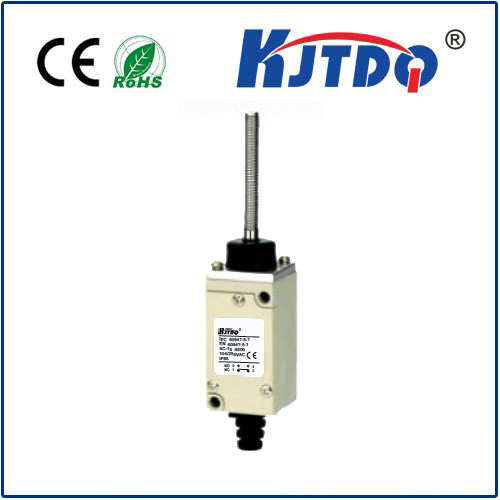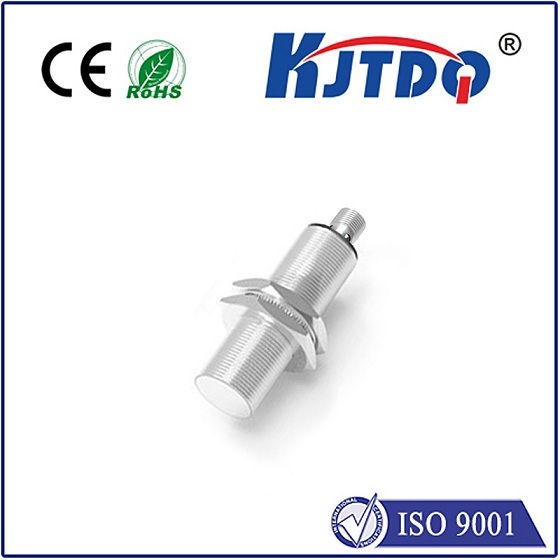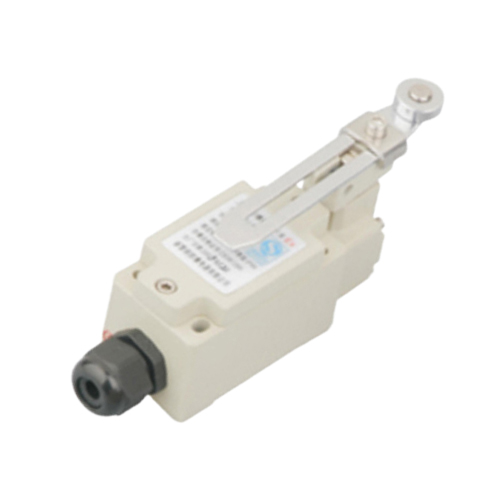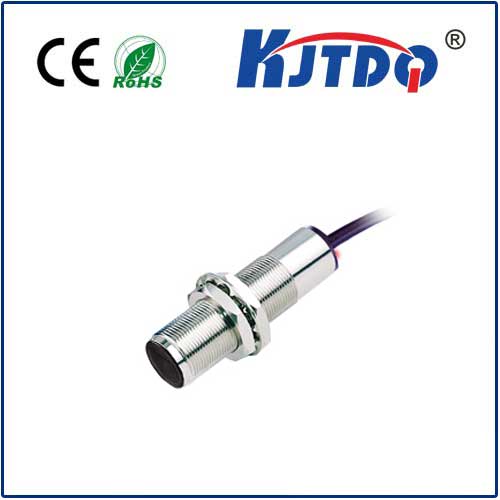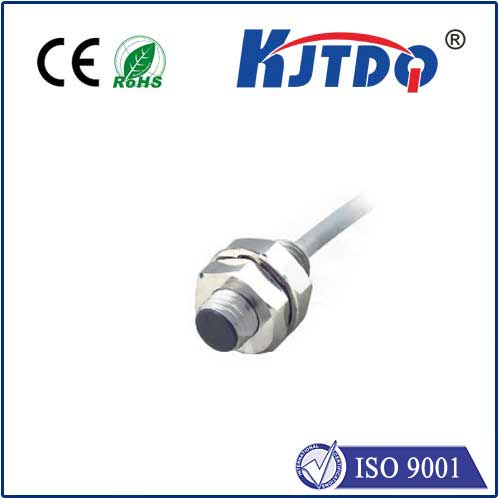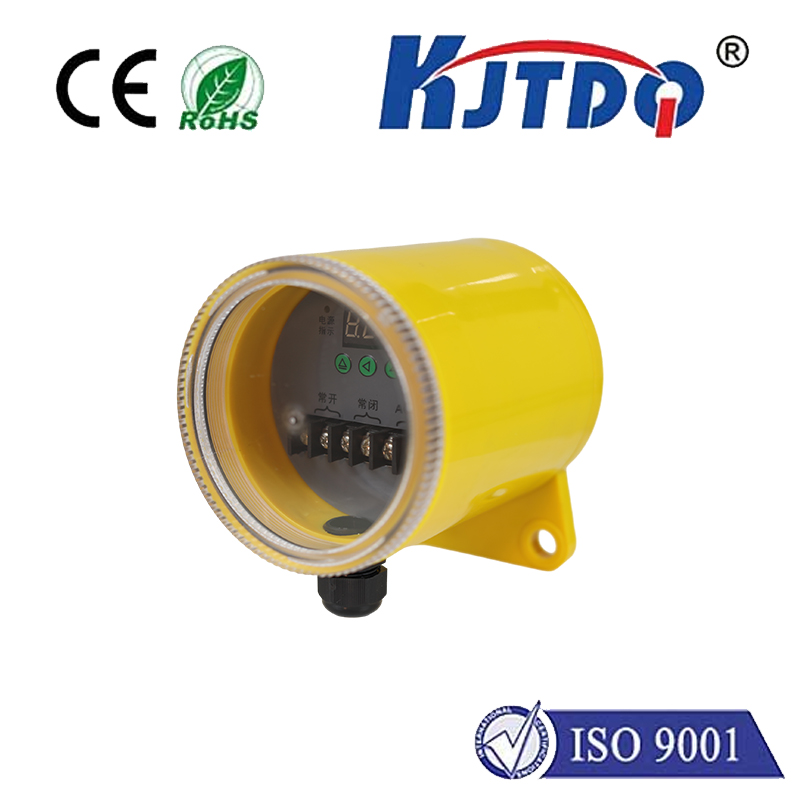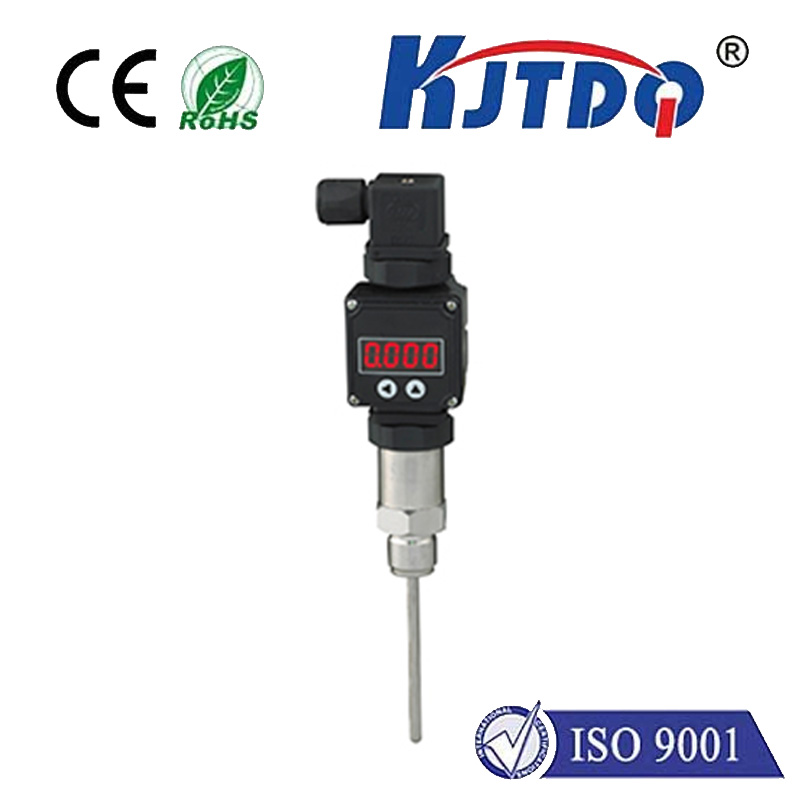Фотоэлектрический датчик npn
- time:2025-07-25 04:45:50
- Нажмите:0
The Essential Guide to NPN Photoelectric Sensors: Powering Precision Detection
Have you ever marveled at how objects magically appear, disappear, or are perfectly positioned on a high-speed production line? Or how automatic doors seamlessly open as you approach? Behind countless moments of everyday automation lies a critical, often unseen technology: the Фотоэлектрический датчик. And within this world, the NPN photoelectric sensor plays a particularly vital and widespread role. Understanding its unique characteristics is key to unlocking efficient and reliable industrial and commercial systems.
Demystifying the Photoelectric Principle
At its core, a photoelectric sensor operates on a beautifully simple concept: it uses light to detect the presence, absence, distance, or characteristics of an object. It consists of two fundamental parts:
- Emitter: Generates a beam of light (often infrared, visible red, or laser).
- Receiver: Detects the light beam.
The sensor’s output state changes based on whether the emitted light beam reaches the receiver or is interrupted by an object. This change is electrical – a signal telling the connected control system (like a PLC - Programmable Logic Controller) that something has been detected or that the beam path is clear.
Enter the NPN Transistor: Defining the Output

The letters “NPN” specifically refer to the type of transistor used in the sensor’s electronic output circuit. This is not about the sensing principle itself (light detection), but how the sensor communicates the detection event electrically to the rest of the machinery or control system.
- An NPN photoelectric sensor features a transistor configured as a low-side switch. Think of it as electronically “opening” or “closing” a path to the common ground (0V) wire.
- Key Mechanism: When the sensor detects its target (light beam broken or reflected, depending on mode), the NPN transistor switches on.
- Switching On: This action effectively connects the sensor’s output signal wire to the common ground (0V) wire. This is known as sinking current.
- Resulting Signal: From the perspective of the PLC or receiving device’s input module (which is typically looking for a connection to ground via a positive supply internally), this connection to ground creates a logic “ON” or “TRUE” signal. When no target is detected, the output transistor is off, presenting a high-impedance state (effectively an “open circuit”), which the PLC reads as “OFF” or “FALSE”.
Why Choose an NPN Photoelectric Sensor?
The dominance of NPN sensors in many regions (particularly Asia and increasingly globally due to component availability and cost) stems from several key advantages:
- PLC Input Module Compatibility: Many PLCs, especially those manufactured in regions favoring NPN standards, are designed with sinking input modules. These modules internally supply the positive voltage (+V, often +24V DC) required for the input circuit. The NPN sensor simply provides the crucial path to ground when active, perfectly matching this setup. Using an NPN sensor with a sinking PLC input creates the most straightforward and direct wiring connection.
- Cost-Effectiveness: Historically, and often still today, NPN transistors and associated circuitry can be marginally cheaper to manufacture than their PNP counterparts, contributing to the lower cost of NPN sensors.
- Widespread Availability: Due to their popularity and long-standing use, NPN sensors are incredibly widely available from numerous manufacturers in a vast array of form factors and sensing ranges.
- Simplified Sourcing Logic (Sometimes): In systems where multiple sensors need to activate a single input (like an OR logic function), wiring multiple NPN outputs together to a single sinking PLC input can be more straightforward than with PNP sensors.
The Sensing Modes: NPN in Action
NPN photoelectric sensors utilize the same primary operating modes as other photoelectric types; the “NPN” designation solely defines their output switching behavior.
- Through-Beam (Opposed Mode): The Emitter and Receiver are housed in separate units facing each other. Detection occurs when an object breaks the beam. Offers the longest sensing distances and highest reliability.
- Retro-Reflective: Emitter and Receiver are in the same housing. A special reflector bounces the emitted light beam back to the receiver. Detection occurs when an object breaks the beam path to the reflector. Good for moderate distances and easier alignment than through-beam.
- Diffuse (Proximity Mode): Emitter and Receiver are in the same housing. The sensor detects light reflected directly off the target object itself. Sensing distance is shortest and highly dependent on the object’s color, texture, and reflectivity. Ideal for close-range presence detection.
Where NPN Photoelectric Sensors Shine (Applications)
Their versatility makes NPN photoelectric sensors indispensable across countless industries:
- Manufacturing & Assembly Lines: Detecting parts on conveyors, verifying component presence for assembly, counting products, monitoring fill levels in bins.
- Packaging Machinery: Ensuring containers are present before filling, detecting labels, verifying case sealing, tracking packaging film breaks.
- Перевозка материалов: Controlling conveyor starts/stops based on package presence, detecting pallet positions, safeguarding automated guided vehicles (AGVs).
- Автомобильная промышленность: Precision part positioning in robots, verifying door/window assembly, detecting vehicles on test tracks.
- Food & Beverage: Detecting bottles/cans on filling lines, checking cap placement, monitoring product flow.
- Building Automation: Triggering automatic doors, managing elevator car positions, controlling lighting based on occupancy.
- Printing & Paper: Monitoring paper web breaks, detecting sheet count, verifying registration marks.
Selecting and Using NPN Sensors Effectively
When incorporating an NPN photoelectric sensor, consider these factors:
- Sensing Mode & Range: Choose through-beam, retro-reflective, or diffuse based on required distance and object properties.
- Output Function: Decide if you need Light-On (Output ON when beam received) or Dark-On (Output ON when beam blocked) operation. Most sensors allow configuration. Dark-On is common for object detection where beam blockage signals presence.
- Environment: Consider temperature, humidity, dust, dirt, washdown requirements (IP ratings), and potential optical interference (sunlight, other light sources). Choose sensors with appropriate ingress protection (e.g., IP67, IP69K).
- Power Supply: Ensure compatibility with your control voltage (typically 10-30V DC).
- PLC Input Type: Crucially, confirm your PLC input module is designed for sinking inputs (common positive, connects to sensor output). Connecting an NPN output to a sourcing input (common negative) generally requires an additional relay or interface module.
- Mounting & Alignment: Ensure stable mounting and precise alignment (especially critical for through-beam and retro-reflective modes). Many sensors offer built-in alignment indicators (LEDs).
Sinking Output: The NPN Advantage
The defining trait of the NPN photoelectric sensor is its sinking output. By providing a direct path to ground upon detection, it seamlessly integrates with the vast ecosystem of control systems designed around sinking logic. Its combination of reliability, cost-effectiveness, wide compatibility, and application versatility

